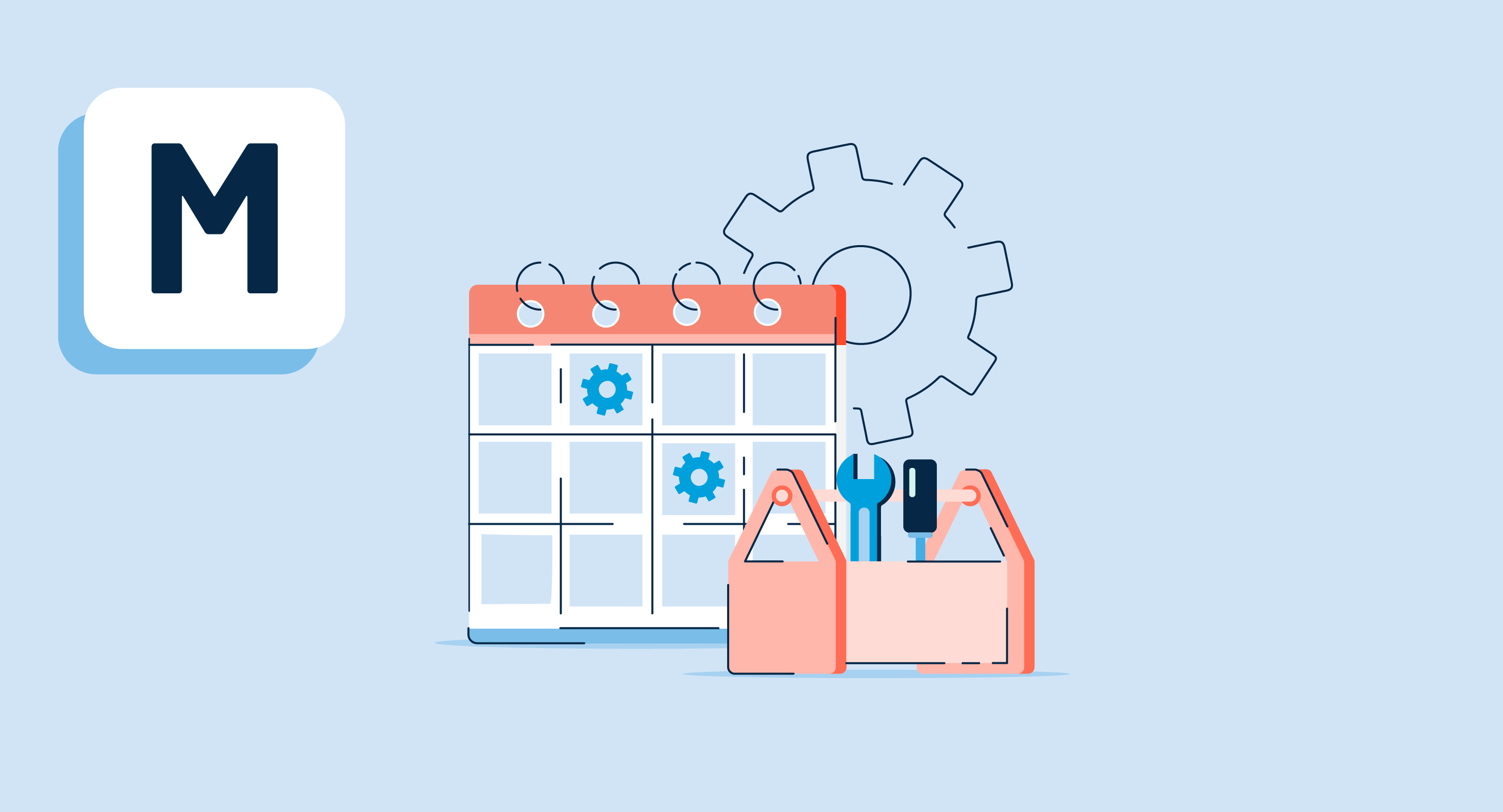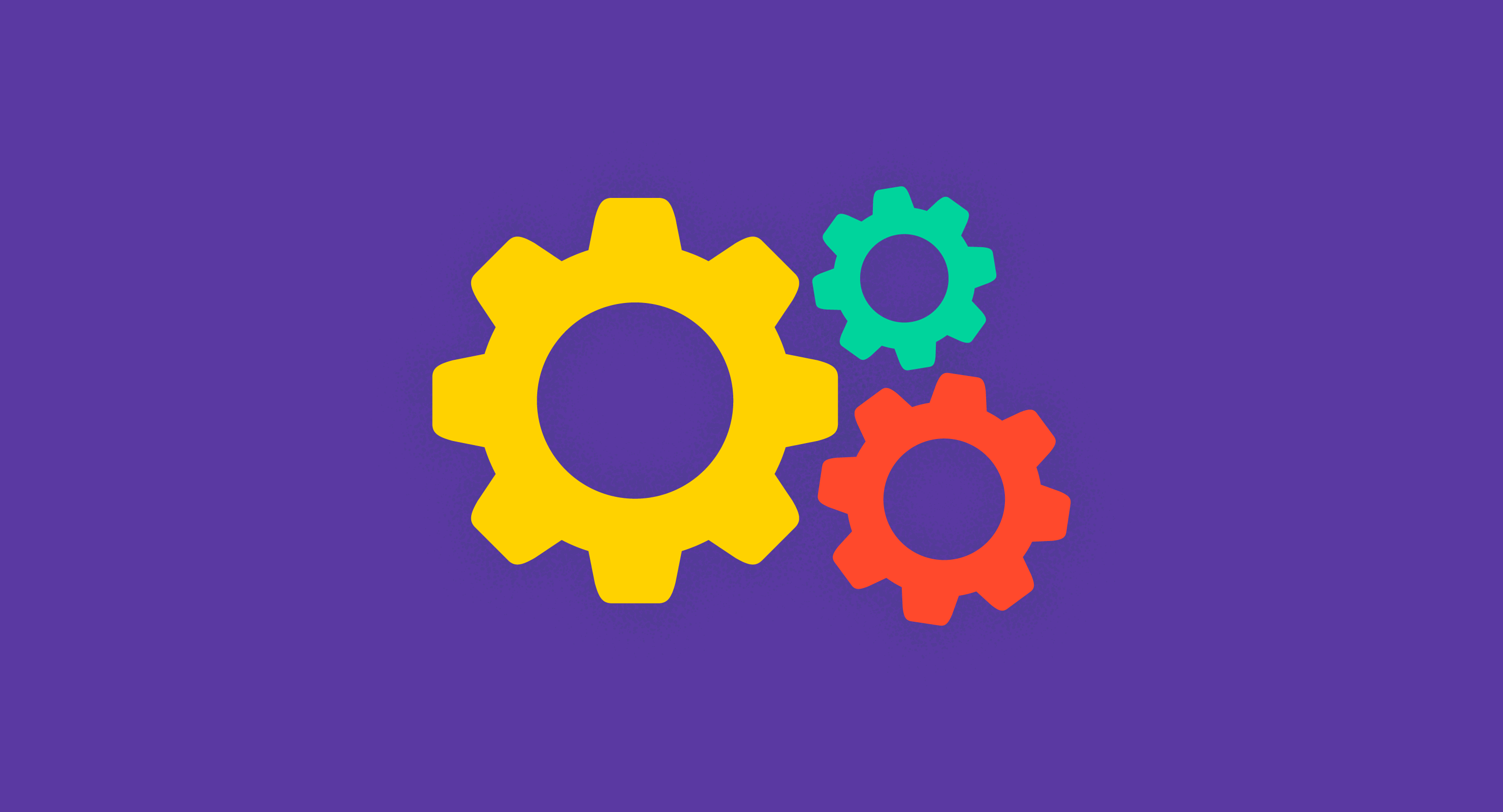What is maintenance planning?
Maintenance planning is a comprehensive end-to-end process of identifying and troubleshooting potential issues observed in processes, machines, or components of equipment in an asset’s life cycle long before they occur. Maintenance management uses planning as a tool to reduce unnecessary job delays. The hallmarks of a good maintenance plan include:
- Identifying parts or tools for proper and accurate task execution
- Ensuring that all the necessary equipment is available and the entire system is assembled in the right places
- Enforcing thorough instruction on the correct procedure for performing a function and completing a task
- Determining and collecting the required parts or tools before assigning an operating task to employees handling machinery
In most organizations, the planning department is responsible for creating and executing a maintenance plan. With proper planning or preparation for each job, the team’s effort sets the stage to increase the maintenance force’s productivity.
Efficient maintenance and planning involves prioritizing and organizing work to perform it as efficiently as possible. Since multiple stages of the life cycle need to be monitored and assessed, manufacturers can use computerized maintenance management systems (CMMSs) to manage their assets and equipment. Management technicians can ensure their systems and products are in prime condition, practice preventive maintenance planning, and further enhance asset utilization with the help of a CMMS.
Benefits of maintenance planning
Maintenance planning offers many benefits, including:
- Secure working environment
- Optimized workflows
- Improvements in asset upkeep and services at reduced costs
- More effective working time
- Reduction in the inventory required for replacement parts
- Faster work performance
- Reduction in system downtime
- An intuitive and organized workplace
- Extended asset lifecycle
- Fewer on-site injuries
Components of maintenance planning
Many organizations consider planning a maintenance tool. While it doesn’t solve all maintenance issues on its own, planning integrates with other elements and helps synchronize all aspects of maintenance. Let's take a look at some other tools that work with maintenance planning.
- Work order systems: With a work order system, requests and records of an organization’s tasks can be stored in one location. A work order system helps supervisors coordinate work duties, delegate assignments, and monitor each task’s performance through to completion. Furthermore, these requests and records are automated, leaving more time for employees and supervisors to focus better on the task at hand.
- Equipment history and data: Keeping a tab on the equipment’s history and data in a factory or workplace provides information on its current condition and the proper maintenance required based on real-time data.
- Maintenance metrics: Setting up maintenance metrics for each work duty and the equipment involved allows organizations to define processes, establish schedules and scope of work, distribute work tasks, and measure key performance indicators (KPIs), compliance, and backlogs.
- Instructions: Correct instructions guarantee efficiency in tasks. Creating instructions that cover each step in detail ensures that employees can best perform their tasks in a safe and structured way. Clear instructions leave no scope for ambiguity, help maintain quality standards and ensure results are consistent.
- Schedule: A system’s or equipment’s components experience wear and tear over time. These parts have a finite number of lifecycles before they succumb to wear and tear, which determines the total operating time of the equipment. Scheduling maintenance tasks after a certain time ensures the components are replaced promptly. Creating a maintenance schedule also prevents businesses from performing “excessive maintenance” or replacing parts before reaching their applicable limit.
- Workers: Keeping track of each employee’s skills and their level of expertise in handling the equipment can enable plant managers to assign the right task to the right person. This also helps organizations plan which contractors to hire for certain jobs and how much training is required to ensure the workforce is competent enough to perform new tasks.
- Spare parts: Plants need spare parts for different equipment from time to time. Monitoring the plant’s spare part usage can help managers identify the type of parts needed and forecast future usage. This also helps businesses budget for these parts in advance.
Maintenance planning steps
Maintenance planning begins with work order and is completed in the following steps:
- Identifying the problem
- Inspecting the asset and premises
- Determining how work should be completed
- Securing essential parts and materials
- Prioritizing tasks
- Scheduling and completing work orders
- Gathering data and following up
Maintenance planning best practices
Effective maintenance planning revolves around prioritizing and organizing tasks so they’re completed as efficiently as possible. The following best practices underline performing maintenance planning in a way that creates efficiency in your business:
- Appoint the right planner. The best maintenance planners are those who are familiar with the plant or workspace and the equipment. They also have experience in maintenance planning procedures. Senior technicians or engineers are ideally the best candidates for this role.
- Train the planner. A plant’s planning department should know how to use the planning software or work order software. They need to be adept at pulling reports, analyzing the data from these reports, and executing a comprehensive plan. They should also be aware of the status of the plant equipment and learn how to schedule routine maintenance checks through the software.
- Provide clear instructions. Personnel should have all the information they need to perform their tasks effectively. All processes should include details like the equipment required to complete the task and the total duration of a job or function. It’s crucial that the instructions being provided are simple and clear to understand.
- Get continuous feedback. The key to developing efficient maintenance plans is providing relevant, up-to-date data. After completing the tasks, technicians or engineers need to prepare an extensive status report and provide detailed feedback to the planning department. The feedback, positive or negative, gives insight into what’s working and what needs to be changed for an effective maintenance plan.
- Be receptive to feedback. Planners need to consider all input from technicians and equipment experts to ensure work orders are improved or remain functional.
Maintenance planning vs. maintenance scheduling
The terms maintenance planning and scheduling are often used interchangeably but they are quite different from one another.
Maintenance planning should define the "what," "why," and "how”. This means specifying what work needs to be carried out with what materials, tools, and equipment; why a particular action was chosen (e.g. why a valve is being replaced instead of a seat); and how the work should be completed.
Maintenance scheduling refers to the timing of planned work – when the work should be done and who should perform it. It provides details on "when" and "who”. Scheduling is meant to schedule the maximum amount of work with the available resources, according to the highest priority work orders, and minimal use of contract and external resources through the optimal use of internal labor.

Ninisha Pradhan
Ninisha is a former Content Marketing Specialist at G2. She graduated from R.V College of Engineering, Bangalore, and holds a Bachelor's degree in Engineering. Before G2, Ninisha worked at a FinTech company as an Associate Marketing Manager, where she led Content and Social Media Marketing, and Analyst Relations. When she's not reading up on Marketing, she's busy creating music, videos, and a bunch of sweet treats.











